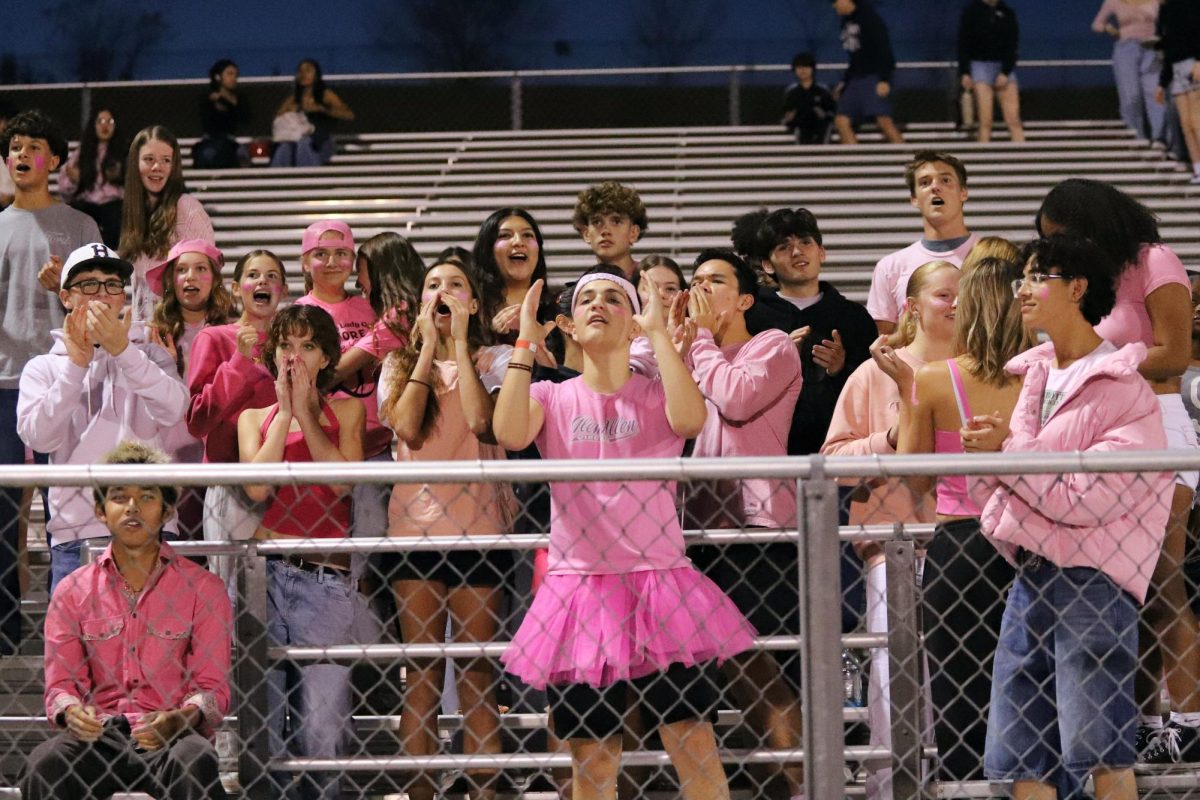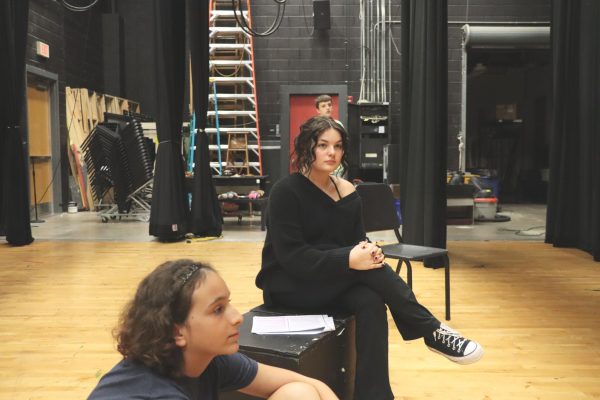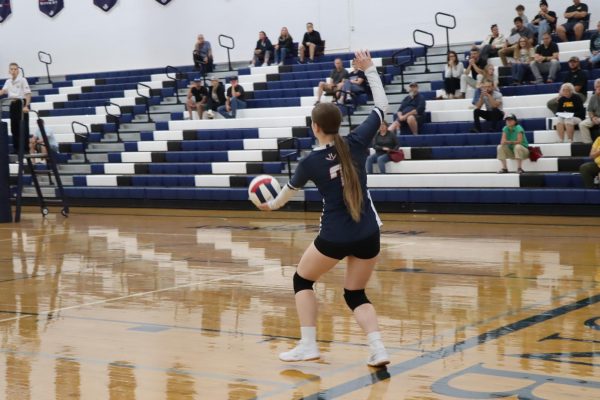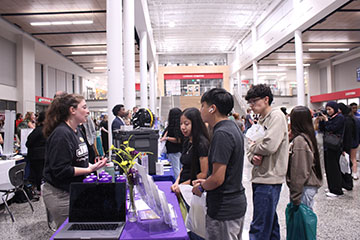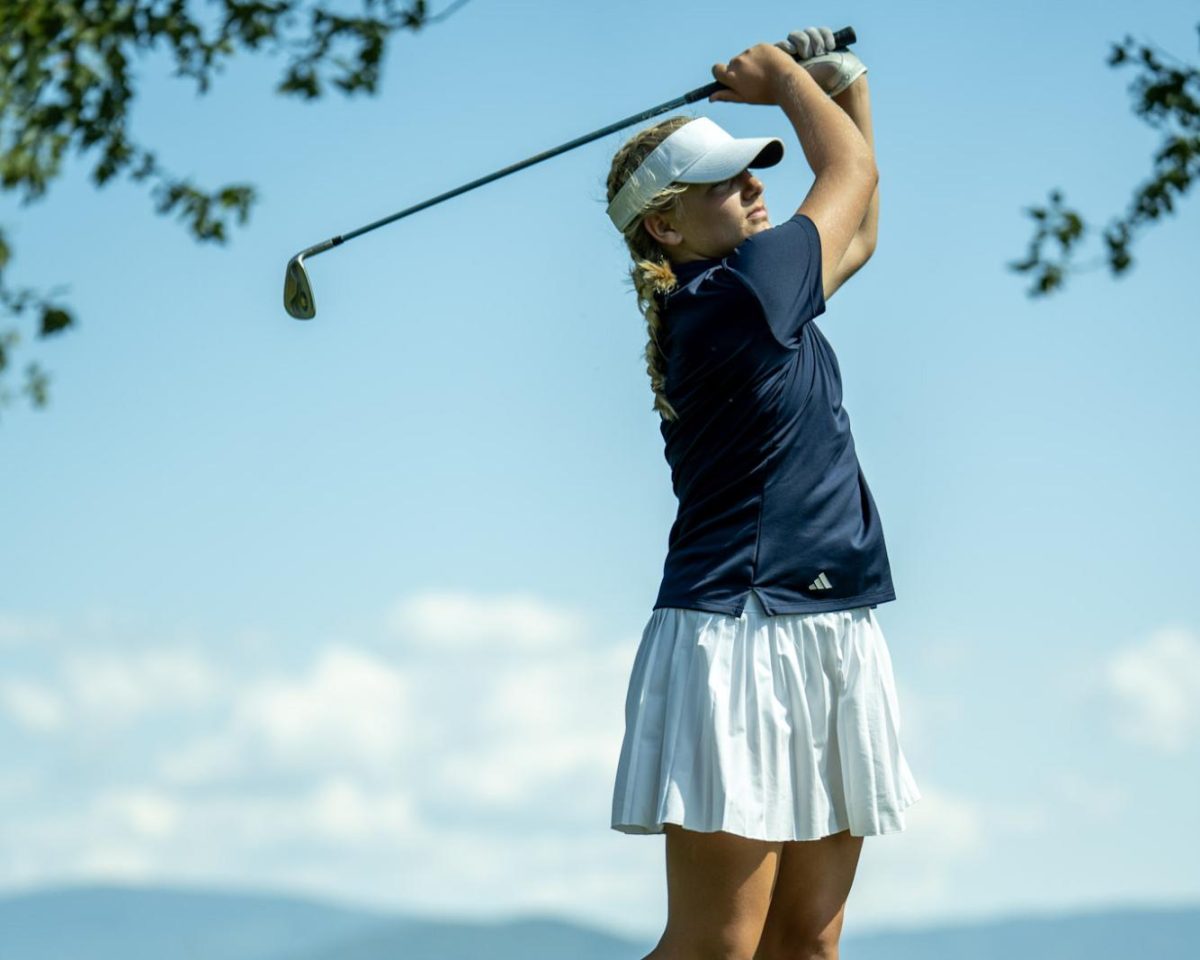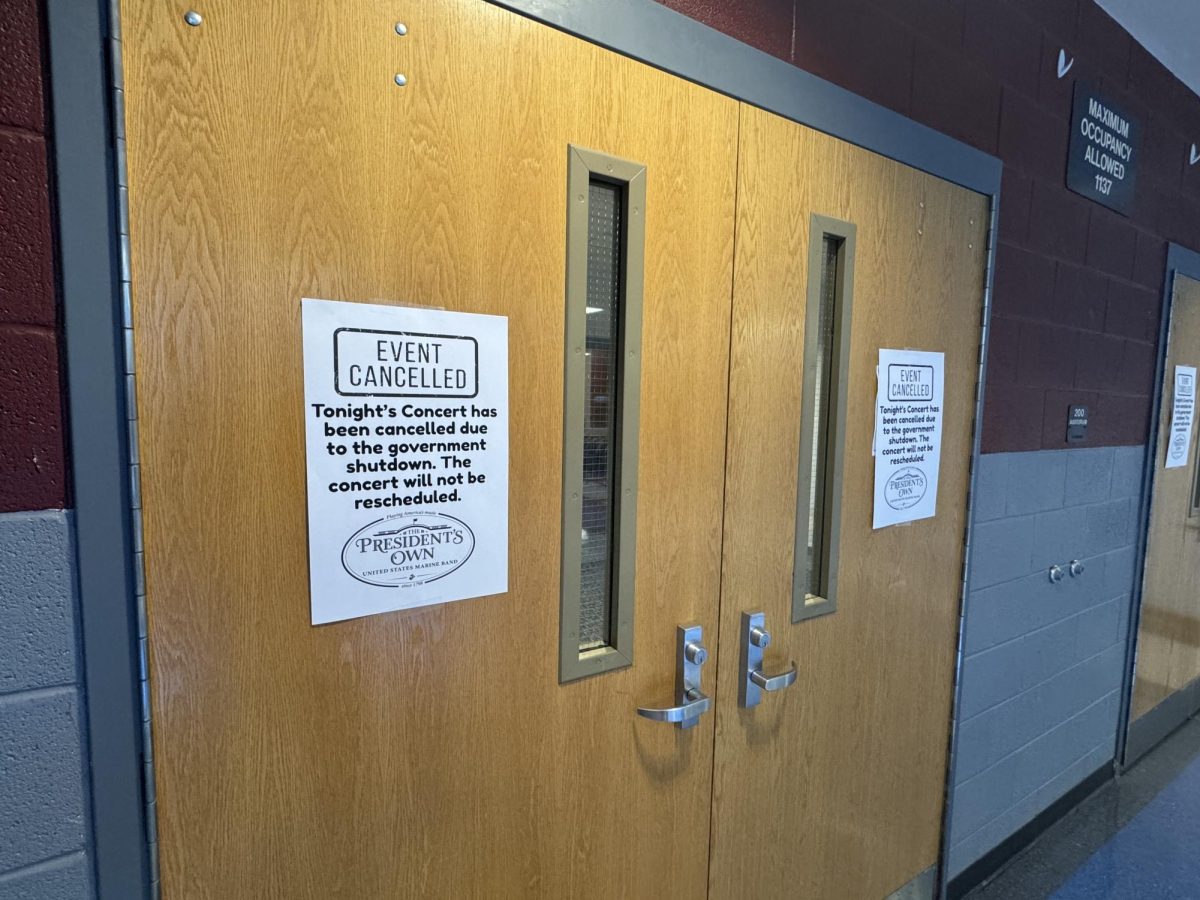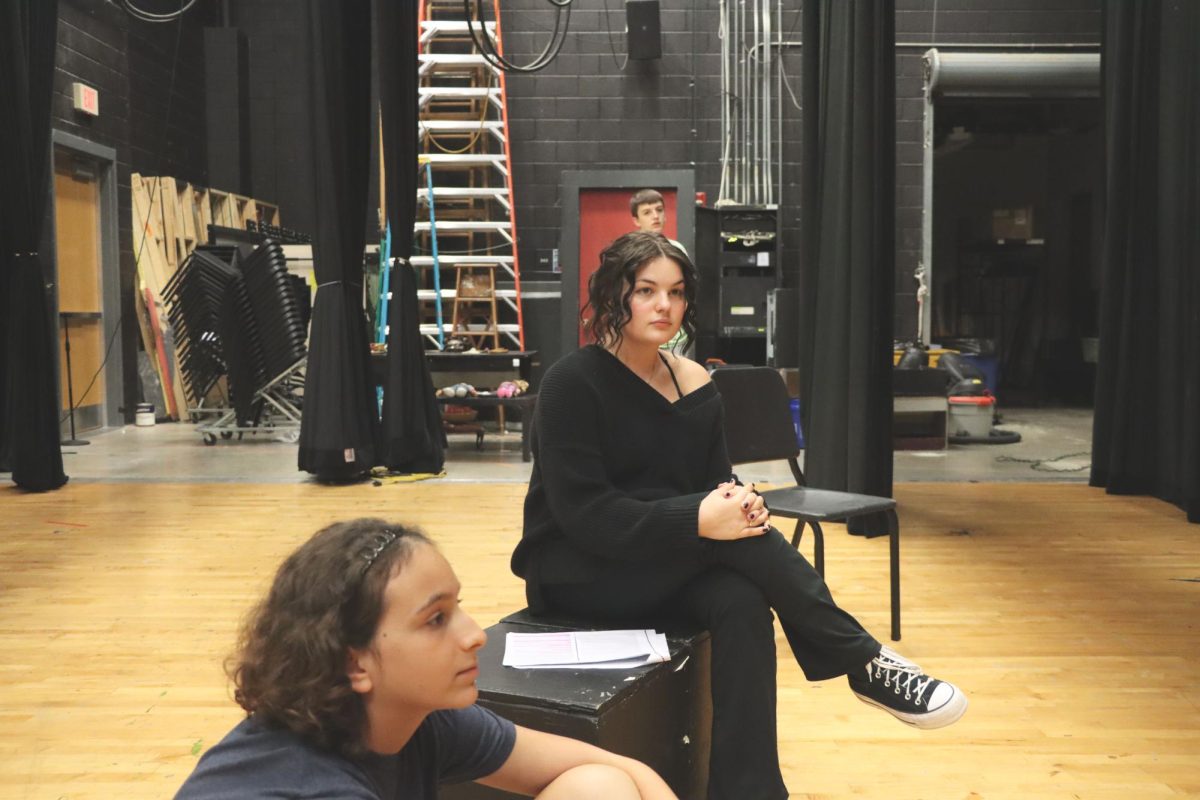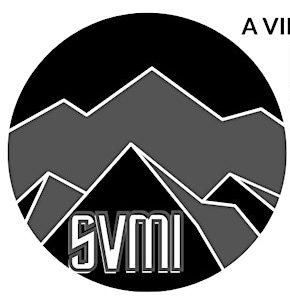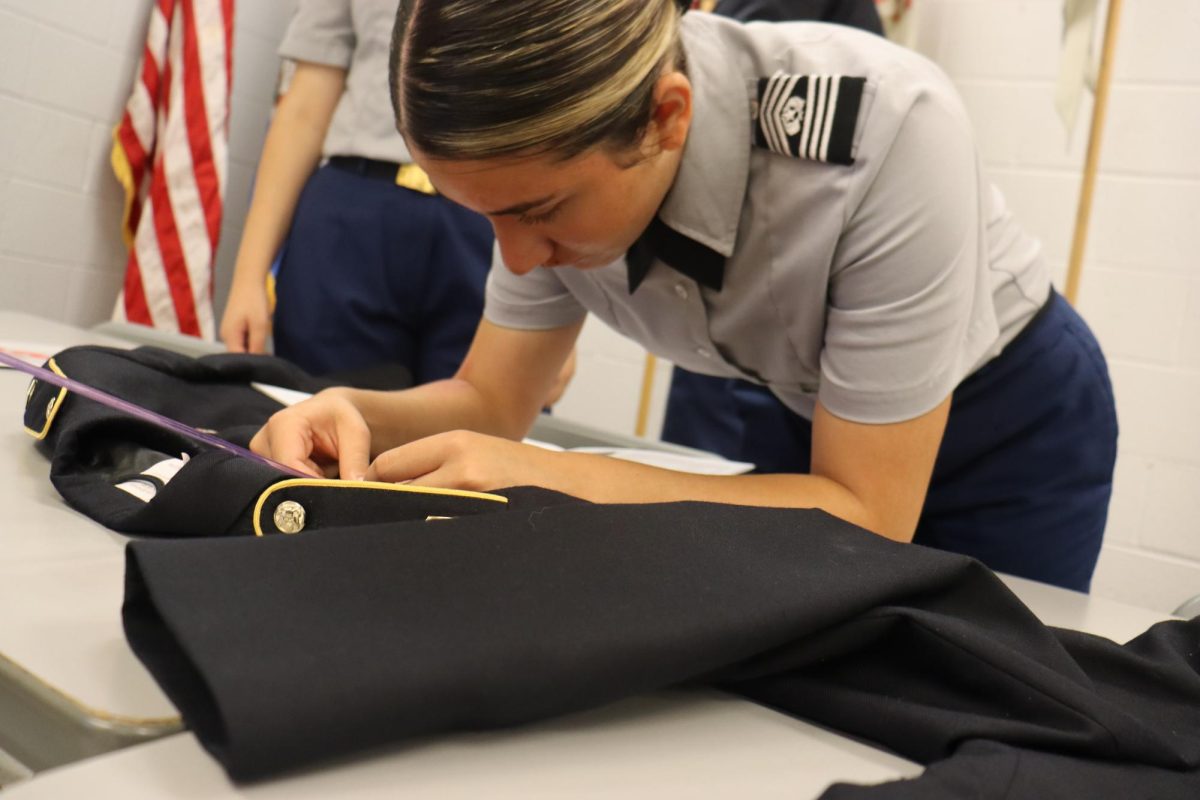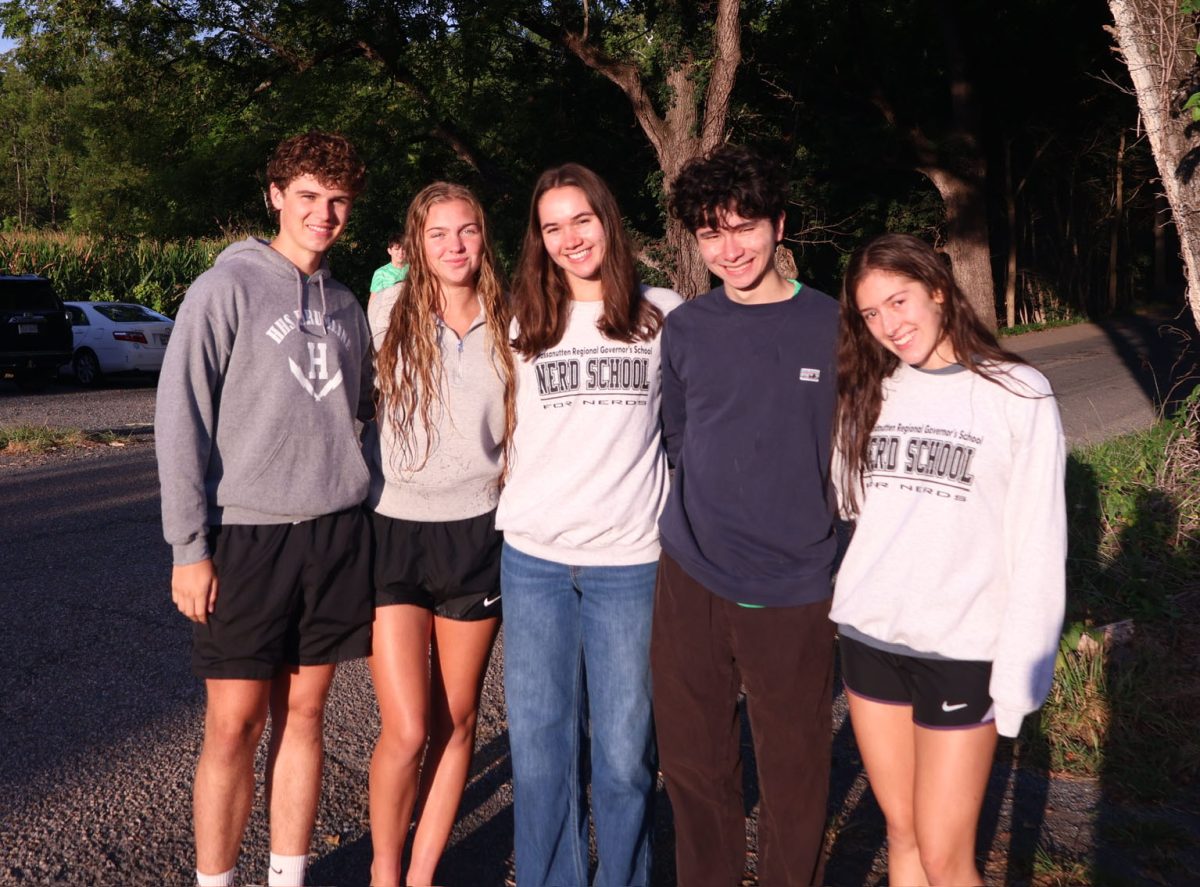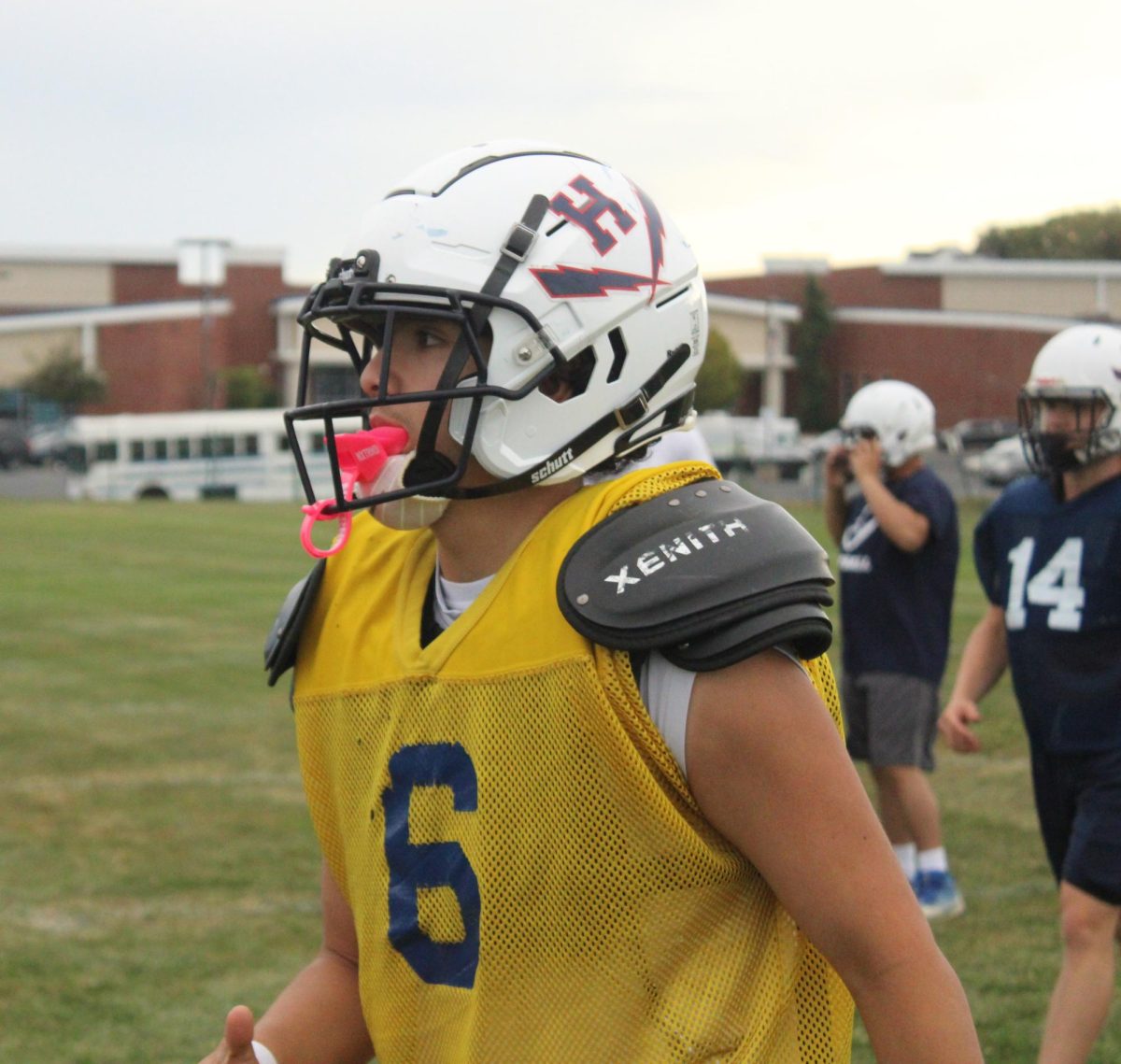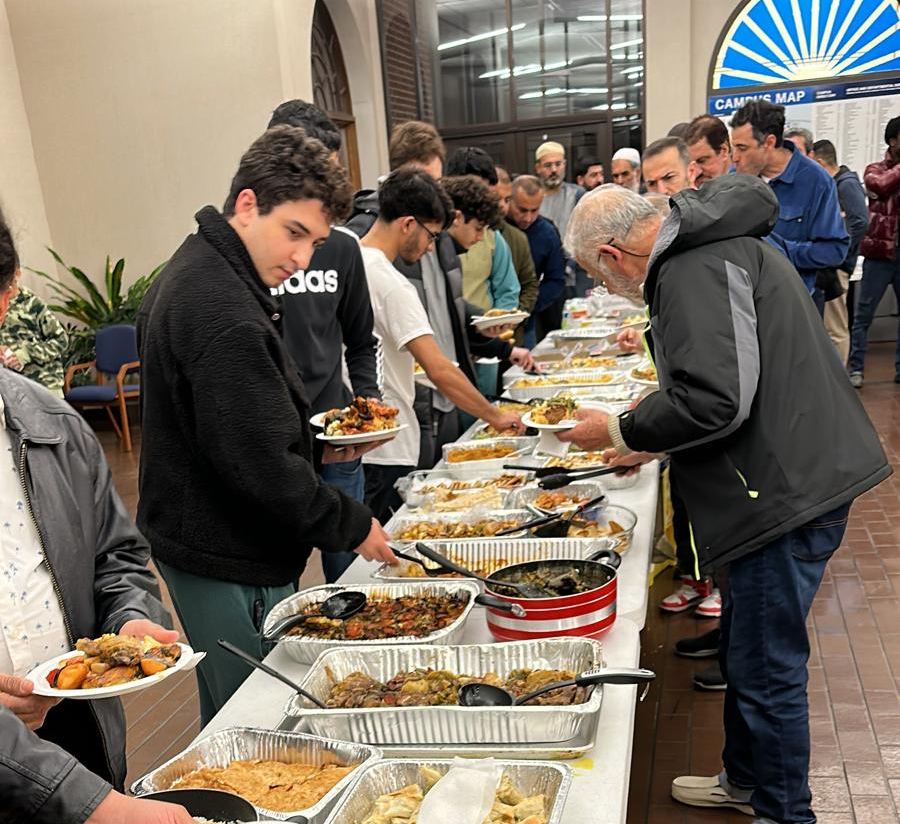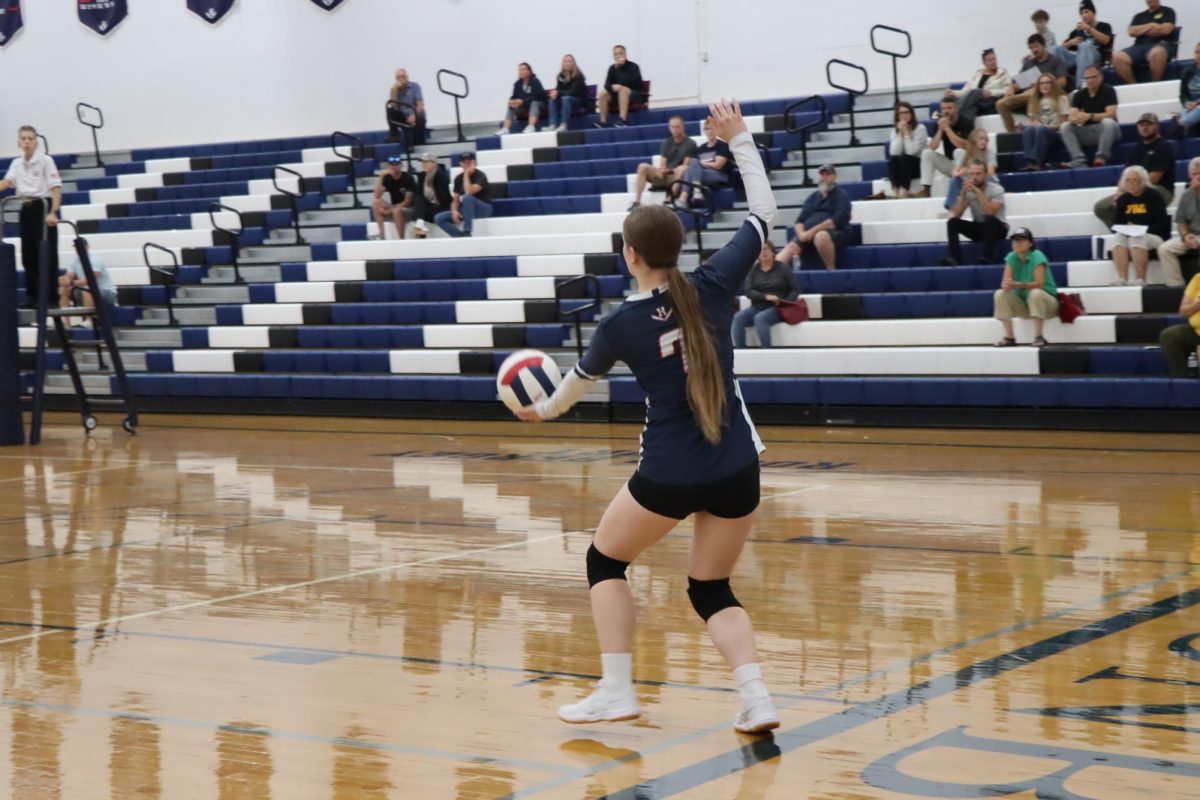High schoolers deserve more field trips
Engineering students prepare for a field trip to Green Bank, West Virginia in 2018. While some classes have ample opportunities for field trips, others never give students the chance.
April 14, 2020
One of the things I’ve noticed since the switch from middle school to high school is the lack of field trips. In middle school, I can remember going on two or three field trips every year. Only in special classes, like Newsstreak, STEM or Fine Arts, do we take field trips. If someone is not part of one of these programs, they might not have any chance to get out of the classroom.
Field trips were one of the best parts of my middle school career. Leaving the monotony of the classroom behind and going into a whole new world of learning helped me refresh and take a break from the regular class environment.
Another difference between the middle and high school field trips is the size. In middle school, we would take more small field trips, while in high school, we take less field trips, but the ones that we do take are on a larger scale. The biggest trip we took in middle school was to Washington, D.C. High school field trips range from places as close as West Virginia to as far away as San Francisco, California or Chicago, Illinois. While this bigger scale might seem fun to some people, this brings up the cost of the trip, especially if you are taking a plane to your destination.
Additionally, field trips in high school have bigger consequences. In middle school, a field trip would involve an entire grade level leaving for the day, with all of the teachers of those students chaperoning. In high school, with the people in one grade all taking different classes, it is harder for teachers to plan retakes of tests or to give make up work in advance. This threat of missing too much school and too many assignments has deterred me from taking field trips when I have too much else to do.
Having occasional big field trips, however, is better than nothing. They give us something to look forward to; a break from the stress of a student’s everyday life. Teachers and administrators should do more to plan field trips for their overworked pupils. They can relieve some of our stress, help students bond with each other and give a more hands on approach to typical learning in a classroom setting.




